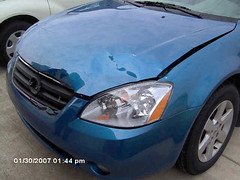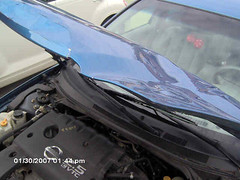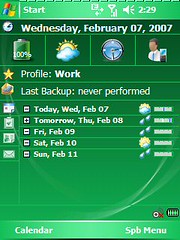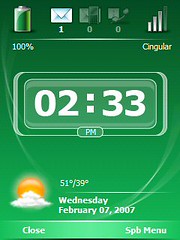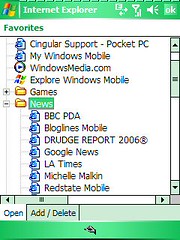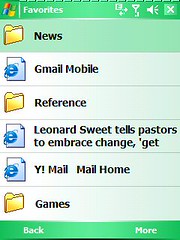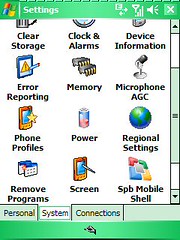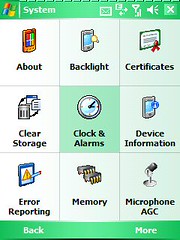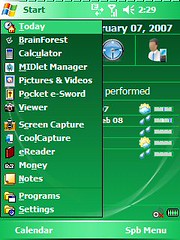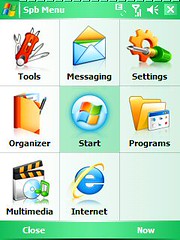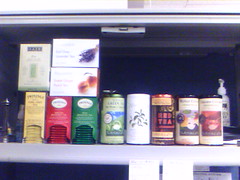Yesterday was of course Ash Wednesday, if you're the sort of person who celebrates it. For those not in the know, Ash Wednesday marks the beginning of the season of Lent for many Christians.
It's customary during Lent to give up something you like to do, or would normally do, in order to remember Christ's sacrifice for us, and also to get into the purifying spirit of Lent, wherein we focus on our spiritual development and ask God and ourselves, "so how am I doing?"
We're not supposed to brag about or make much of our sacrifices (wouldn't want to be confused with scribes or Pharisees, who already have their reward, having sacrificed openly), but one of the things Amy and I are doing is abstaining from TV on weeknights. This has already precipitated a few very good third-order effects, like doing a lot more reading and journaling.
I've finally picked up Mere Christianity again, for example, and am enjoying another trip into C.S. Lewis's mind. I had forgotten that it was written as a palliative for the English as they were being bombed during the German Blitz in World War II. Intense.
What do you want in a mobile device?
Of course, being back in a "reading mode" has got me doing more of it on my smartphone, and in turn thinking about how DontPanic functions.
I'm still very much enjoying the Spb Mobile Shell interface, and have rearranged a lot of the program shortcuts in DontPanic's Start menu for easier, categorized access. I'm getting more out of the device than I have since buying it, and so I've begun putting some thought into how I use the little guy, and what more I might be able to get out of it, with a little effort.
The central question, I suppose, is: given a pocketable computing widget with a cell phone radio and data access, what are the things it's most useful to have it do?
Here are the things I use DontPanic for right now, in rough order of importance to me:
- E-mail and text messaging
- Telephony (phone calls and voice mail)
- Calendar management and reminders/alarms
- Address-book management
- To-do list management
- Calculator
- Checkbook balancing (less frequently than I should)
- Web access (from news to maps/directions to weather)
- Note taking
- Digital camera use
- E-book reading (mainly Bible reading and lookups, but also some classics)
I also don't do as much writing or blogging on the beast as I might otherwise, which I think is a real shame. I like the unit's built-in keyboard well enough for short messages, but a Bluetooth (wireless) keyboard would help get around that issue.
I'd really like to be able to use DontPanic more effectively for things like online shopping. Sadly, most commerce sites (eBay, Amazon, etc.) work very badly--if at all--in Internet Explorer Mobile, and the few alternative browsers I've tried have provided very little improvement. Still, the last time I tried was a few months ago, so I should probably do so again.
[Edit, 8:30 PM - Looks like Opera Mini has solved most of its problems, making it my one-stop-shop now for Amazon, eBay, My Yahoo! and other heavily cookie-dependent and session-heavy sites. Huzzah! It's still a Java app targeted at Windows Mobile Smartphone Edition, though, which means it's wasteful of screen space and doesn't support soft-keys natively, but for online-commerce ability I'll put up with those!]
What do you, my readers, use your phones (smart or otherwise) for? What would you use a portable info-widget for, if it was arbitrarily well-connected to the internet, or capacious, or otherwise unlimited?
-Rich
